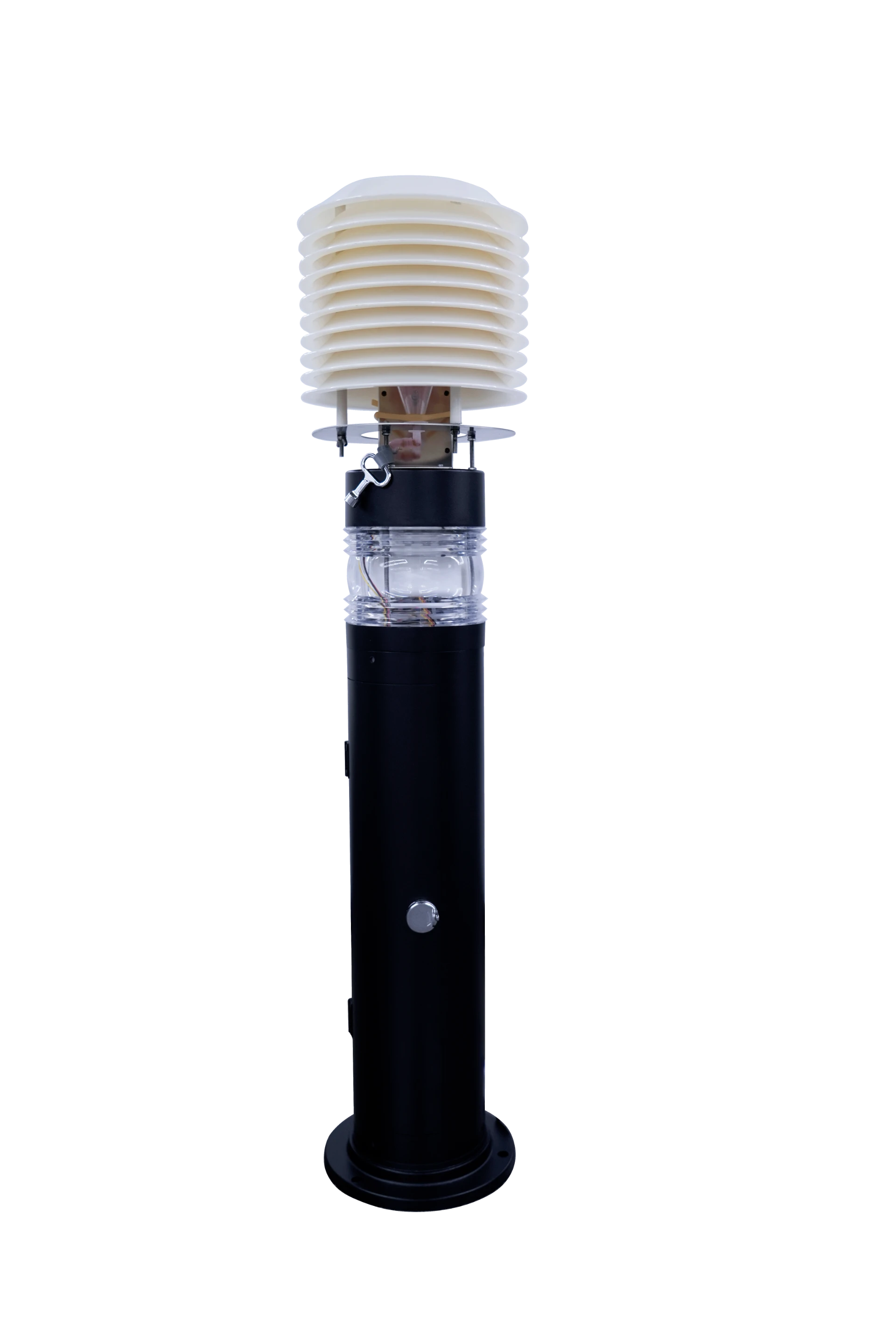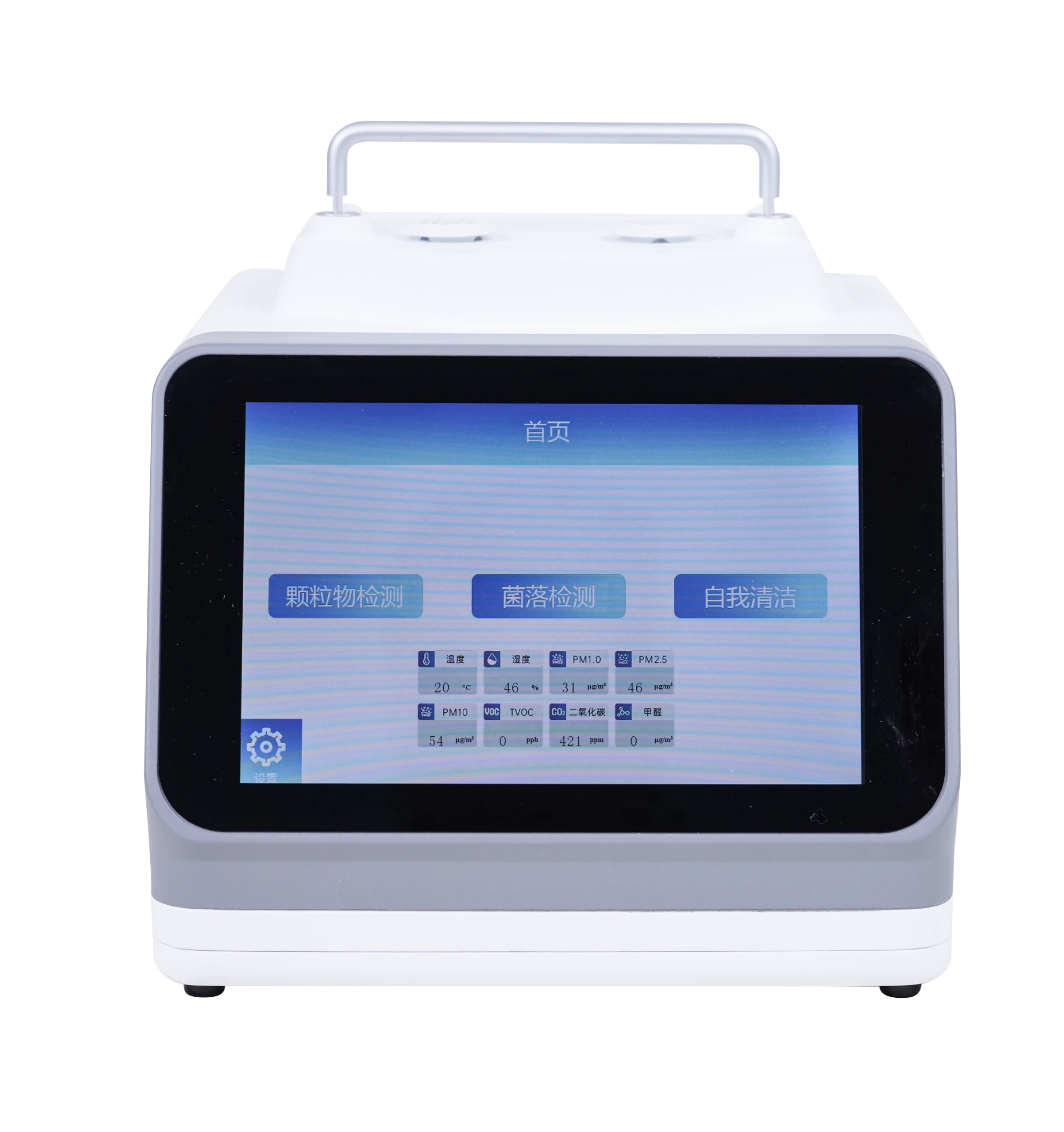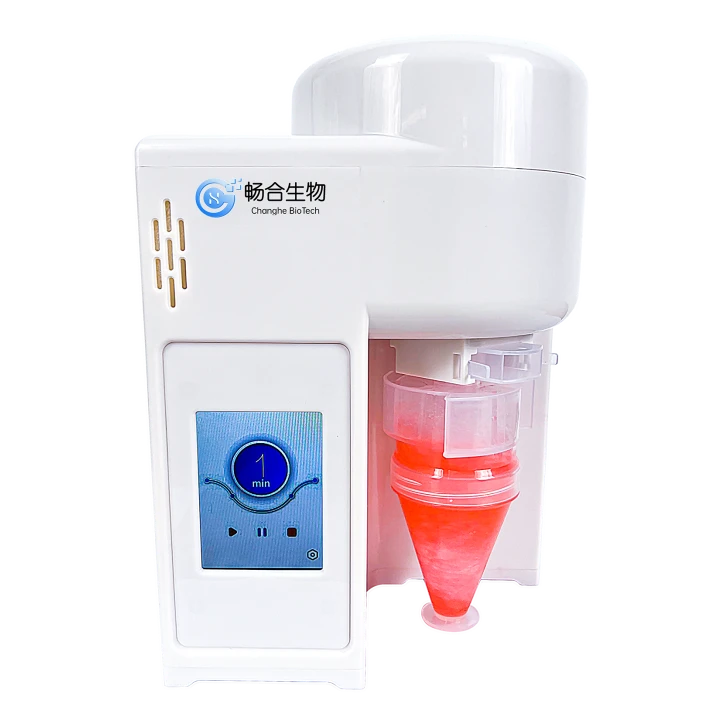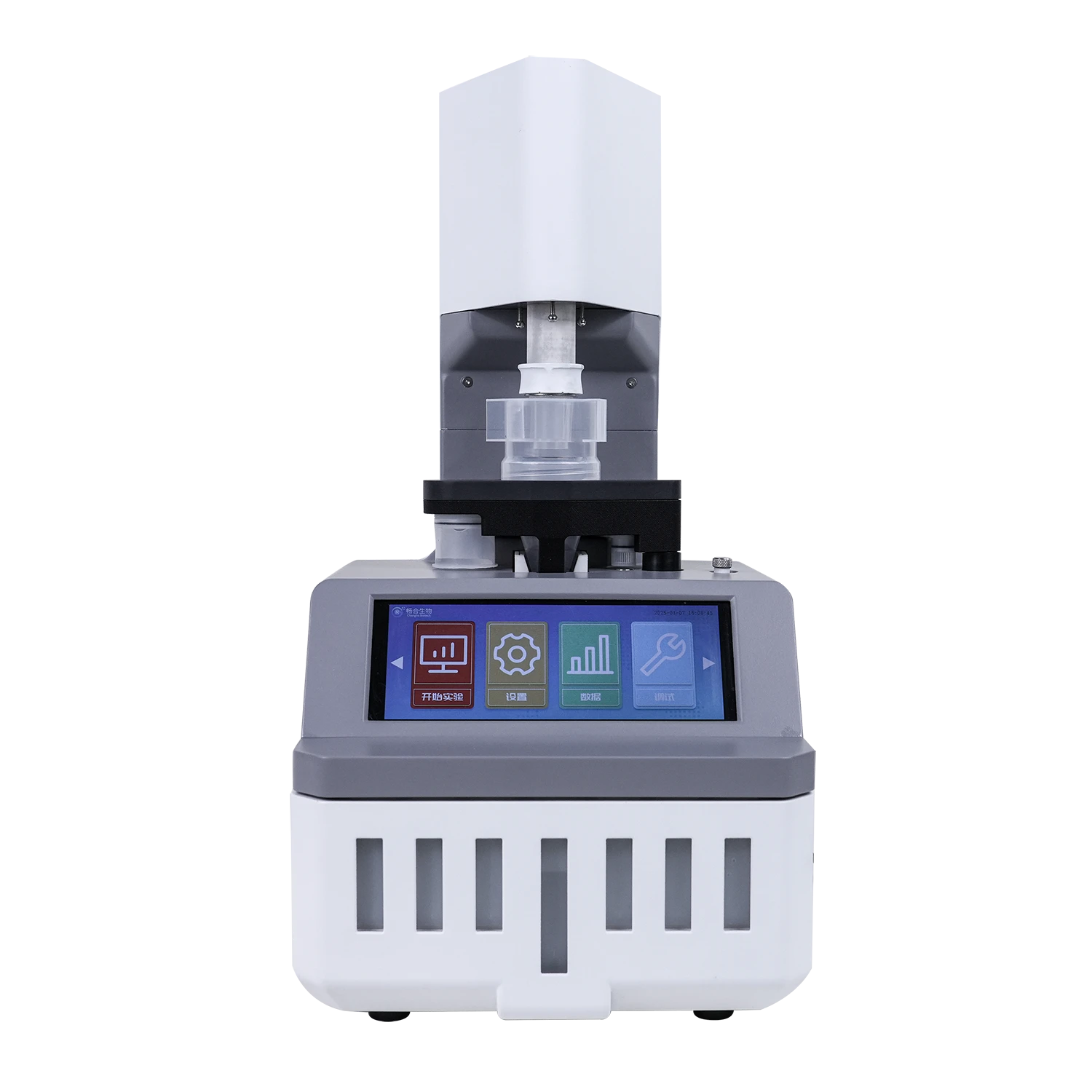
Rapid Bioaerosol & Toxic Mold Detection Services
The Imperative of Accurate Bioaerosol Detection in Modern Environments
In an increasingly complex world, the presence of airborne biological particles, or bioaerosols, poses significant risks across various sectors. From healthcare facilities and pharmaceutical manufacturing to food processing plants and environmental monitoring stations, the ability to accurately and continuously perform bioaerosol detection is paramount. These microscopic particles, including bacteria, viruses, fungi, and pollen, can have profound impacts on human health, product integrity, and operational safety. The industry is witnessing a rapid evolution in detection technologies, driven by a growing awareness of airborne pathogen transmission and the need for proactive mitigation strategies. Innovations in real-time monitoring, increased sensitivity, and automated analysis are shaping the future of air quality management. The demand for sophisticated tools for air and mold testing, especially in the context of emerging infectious diseases and allergen control, has never been higher, pushing the boundaries of what's possible in environmental surveillance.
The rising concerns about indoor air quality, coupled with regulatory pressures and the high costs associated with contamination events, are propelling advancements in this field. Traditional methods, often reliant on manual collection and lab-based analysis, are being supplemented or replaced by continuous monitoring systems that provide immediate insights. This shift towards automation and real-time data is critical for rapid response in critical environments, allowing for timely interventions before widespread issues occur. The specialized need for precise air sample mold test capabilities and effective toxic mold detection highlights the necessity for instruments that can differentiate between various bioaerosols and quantify their concentrations with high fidelity. Our Continuous Bioaerosol Sampler is engineered precisely to meet these rigorous demands, offering unparalleled performance for critical applications.
The Science and Engineering Behind Continuous Bioaerosol Samplers
Effective bioaerosol detection relies on a sophisticated interplay of aerodynamic principles, fluid dynamics, and micro-engineering. Our Continuous Bioaerosol Sampler employs an advanced collection mechanism designed for maximum efficiency and viability of collected biological particles. The process typically begins with the precise control of ambient air intake, drawing a consistent volume of air through a carefully calibrated inlet. This air then passes through a collection stage, often involving impaction, impinger, or filtration technologies, optimized to capture particles within a specific size range while minimizing bounce and re-entrainment. For instance, an impinger-based system might use a liquid medium to capture particles, preserving their viability for subsequent analysis, while impaction might deposit them onto a solid agar surface.
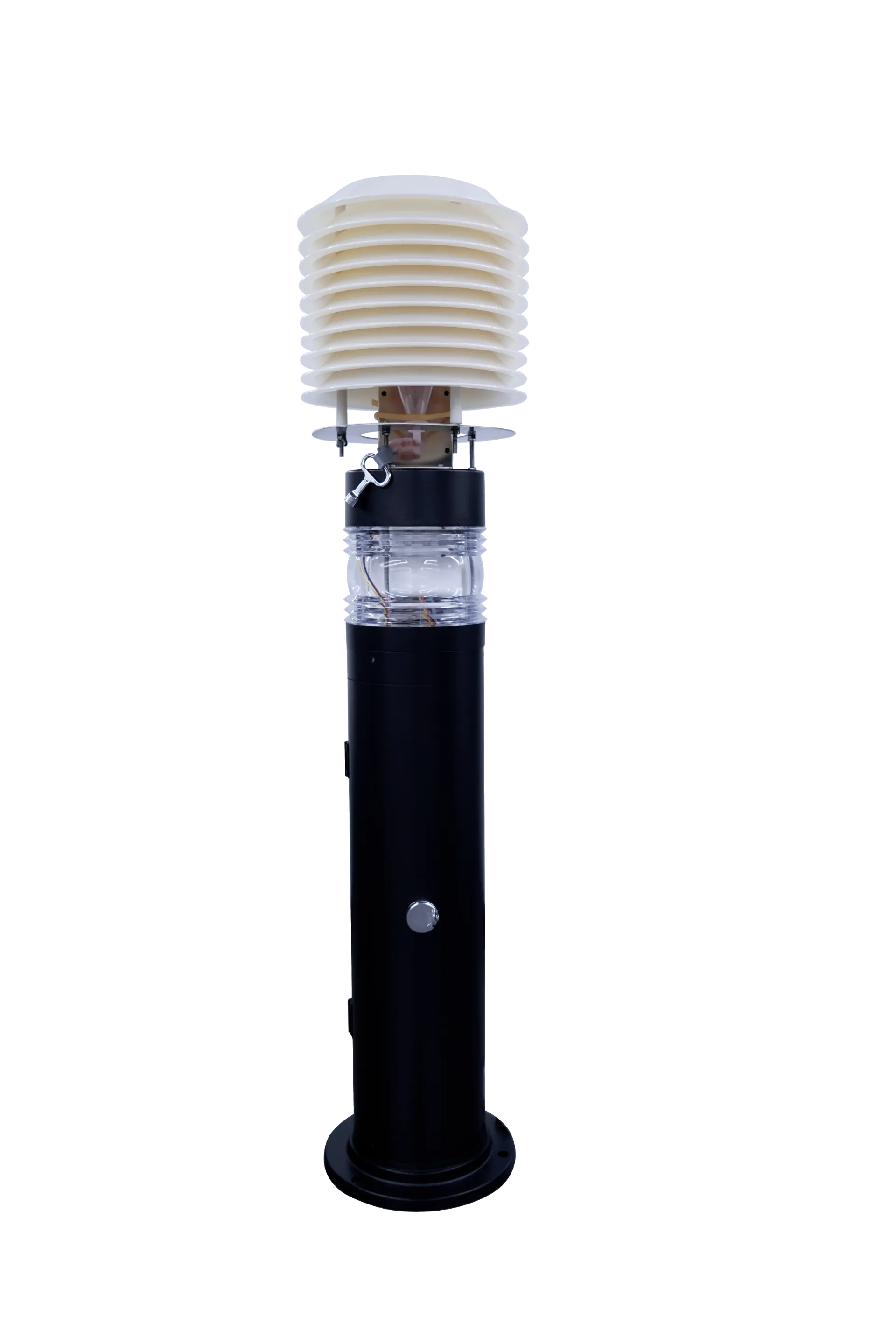
The manufacturing process of such a precise instrument demands adherence to stringent quality controls and advanced fabrication techniques. Components are often produced using high-precision CNC machining to ensure exact tolerances, critical for maintaining consistent airflow and collection efficiency. Materials are carefully selected for durability, chemical resistance, and biocompatibility, typically including medical-grade stainless steel or engineered polymers that prevent particle adhesion or degradation of biological samples. Each unit undergoes rigorous testing against international standards such as ISO 14698 (Cleanrooms and associated controlled environments – Biocontamination control) and ANSI/ASHRAE 170 (Ventilation of Health Care Facilities) to guarantee consistent performance and reliability. This meticulous engineering ensures a long service life and dependable operation, critical for continuous environmental monitoring.
Key Technical Parameters for Advanced Bioaerosol Detection
When evaluating a system for bioaerosol detection, several technical parameters are critical indicators of its performance and suitability for specific applications. Understanding these specifications is essential for B2B decision-makers and technical personnel to select the most effective solution. Our Continuous Bioaerosol Sampler is designed with leading-edge parameters to deliver superior accuracy and reliability.
| Parameter | Description | Typical Values (Continuous Bioaerosol Sampler) |
|---|---|---|
| Airflow Rate | Volume of air sampled per minute (LPM) or hour (LPH). Higher rates allow for faster detection and larger sample volumes. | Adjustable from 10 to 100 LPM (up to 6000 LPH) |
| Particle Size Range | The range of aerodynamic particle diameters effectively collected. Crucial for targeting specific microbial sizes. | 0.3 to >20 µm (Microns) |
| Collection Efficiency | The percentage of airborne particles captured by the device relative to those entering it. | >95% for 1-10 µm particles (validated) |
| Viability Preservation | Ability to maintain the integrity and viability of collected microorganisms for subsequent culturing. | Excellent; >90% preservation for common bacteria/fungi |
| Operational Modes | Continuous, interval, or timed sampling options. | Continuous, Programmable Interval, Event-triggered |
| Connectivity | Data output options for integration with building management systems (BMS) or laboratory information systems (LIMS). | Ethernet, RS-485, USB, Cloud Integration API |
| Power Consumption | Energy usage of the device, relevant for long-term deployment and operating costs. | ~60W (Operating), ~5W (Standby) |
These parameters underscore the sophistication of modern bioaerosol detection technologies. A high airflow rate combined with exceptional collection efficiency ensures that even low concentrations of bioaerosols can be detected accurately, providing early warning capabilities. Furthermore, the ability to preserve sample viability is crucial for subsequent identification and characterization of microbial threats, making the data actionable for health and safety protocols.
Diverse Applications and Real-World Impact of Bioaerosol Detection
The applications for continuous bioaerosol detection are broad and critical across numerous industries, reflecting its importance in safeguarding health, ensuring product quality, and maintaining operational integrity. In healthcare facilities, such as hospitals and clinics, monitoring bioaerosols helps prevent hospital-acquired infections (HAIs) by identifying airborne pathogens in surgical suites, intensive care units, and isolation rooms. Regular surveillance contributes to better ventilation strategies and infection control protocols. For pharmaceutical and biotechnology companies, maintaining sterile cleanroom environments is non-negotiable. Continuous samplers provide real-time assurance against microbial contamination, crucial for compliance with GMP (Good Manufacturing Practices) regulations and ensuring product purity, directly impacting patient safety and drug efficacy.
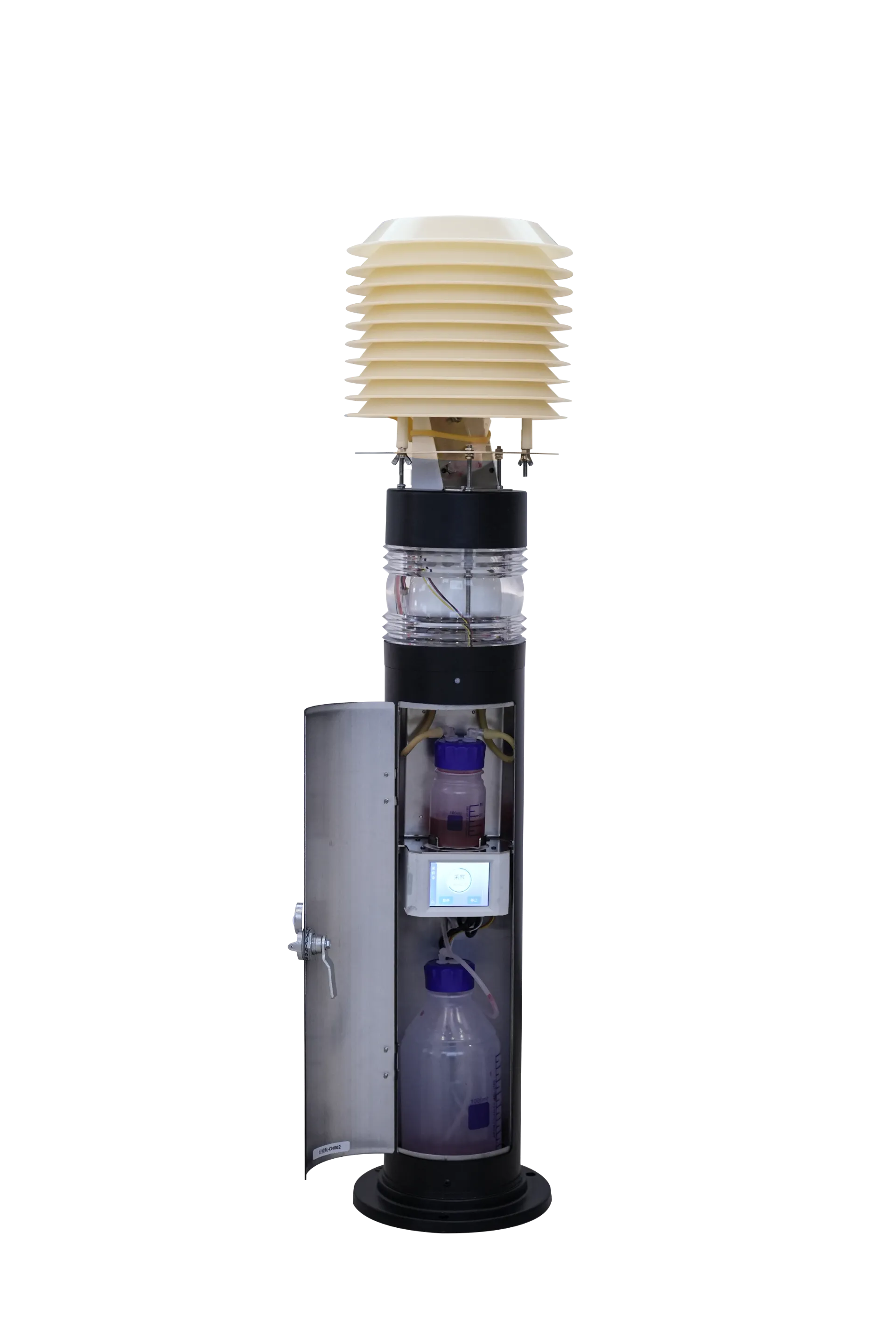
Beyond these highly regulated environments, the technology is vital for food and beverage processing, where airborne contaminants can lead to spoilage and public health crises. Continuous monitoring helps maintain hygiene standards in production areas, packaging lines, and storage facilities. In environmental monitoring and public health, these systems are deployed for early warning of allergen outbreaks, assessment of outdoor air quality, and even for biodefense applications, providing critical intelligence during potential biological threats. For instance, in disaster recovery or post-remediation scenarios, accurate air sample mold test results are essential to confirm the safety of re-occupied spaces. Our samplers have been instrumental in various application cases, including a major hospital network that reduced HAI rates by 15% following implementation, and a leading pharmaceutical manufacturer that achieved zero contamination incidents in their aseptic filling lines over two years, thanks to our real-time monitoring capabilities. This demonstrates the tangible benefits of proactive and precise detection.
Why Choose Our Continuous Bioaerosol Sampler: Advantages and Tailored Solutions
The market for bioaerosol detection solutions offers various options, but our Continuous Bioaerosol Sampler stands apart through its combination of innovation, reliability, and precision. Unlike traditional batch samplers that provide only snapshots of air quality, our continuous system offers uninterrupted monitoring, revealing transient spikes in bioaerosol concentrations that might otherwise go unnoticed. This real-time capability is crucial for immediate risk assessment and intervention. Our proprietary air intake and collection technology minimizes shear stress on collected microorganisms, ensuring high viability for subsequent laboratory analysis, which is critical for accurate identification and quantification of specific pathogens or allergens. Furthermore, the robust construction, utilizing corrosion-resistant materials and industrial-grade components, guarantees exceptional durability and a long operational lifespan, reducing total cost of ownership.
We understand that each industry and application presents unique challenges. That's why we specialize in providing customized solutions for bioaerosol detection. Whether it’s integrating the sampler into an existing Building Management System (BMS) through various communication protocols (Modbus, BACnet, Ethernet), adapting the sampling head for specific environmental conditions (e.g., high humidity or extreme temperatures), or developing bespoke software for data visualization and alert management, our engineering team works closely with clients. This bespoke approach ensures optimal performance and seamless integration into diverse operational workflows. Our proven track record, backed by over 15 years of dedicated service in environmental monitoring, combined with our ISO 9001 certification for quality management, provides the assurance and authority that B2B partners require when making critical infrastructure investments.
Ensuring Trust: Quality Assurance, Support, and FAQs for Bioaerosol Detection
Building trust is fundamental in the B2B sector, especially for critical infrastructure like bioaerosol detection systems. Our commitment to quality is embedded in every stage, from design to deployment. Each Continuous Bioaerosol Sampler undergoes rigorous factory acceptance testing (FAT) to ensure compliance with published specifications and relevant industry standards, including those from the International Organization for Standardization (ISO) and the American National Standards Institute (ANSI). We provide comprehensive documentation, including calibration certificates and performance reports, offering complete transparency. Our quality management system is certified to ISO 9001:2015, affirming our dedication to consistent quality and continuous improvement. We also adhere to principles relevant to FDA guidelines for devices used in regulated environments, ensuring data integrity and reliability for critical applications requiring regulatory compliance.
Our dedication extends beyond product delivery, encompassing robust customer support and a clear warranty commitment. We offer a standard two-year warranty on all components, with extended service agreements available for long-term operational peace of mind. Our global network of certified technicians provides prompt on-site support, preventive maintenance, and expert technical assistance, ensuring minimal downtime and optimal performance. Typical delivery cycles range from 4-6 weeks for standard configurations, with expedited options available for urgent requirements, always communicated transparently from the outset. We believe in empowering our clients with knowledge, which is why we’ve compiled a list of frequently asked questions regarding bioaerosol detection solutions.
Frequently Asked Questions (FAQs)
-
Q: How often should calibration be performed for the Continuous Bioaerosol Sampler?
A: We recommend annual calibration checks to ensure peak performance and accuracy, though this can vary based on operational environment and usage intensity. Our service team offers professional calibration services.
-
Q: Can the Continuous Bioaerosol Sampler differentiate between live and inert particles?
A: While the sampler collects all viable and non-viable particles within its size range, differentiation between live and inert typically requires subsequent laboratory analysis (e.g., culturing or molecular methods) of the collected sample. Our sampler is optimized for high viability preservation to facilitate this analysis.
-
Q: Is the system suitable for outdoor environmental monitoring?
A: Yes, with appropriate environmental enclosures and weatherproofing, our Continuous Bioaerosol Sampler can be deployed for outdoor monitoring. We offer specialized configurations for challenging external environments.
-
Q: What is the maintenance schedule for the sampler?
A: Routine maintenance typically involves periodic cleaning of the collection head and replacement of certain consumables (e.g., collection media) as per usage. A detailed maintenance guide is provided with each unit, and our support team is available for guidance.
Driving Forward: The Future of Bioaerosol Detection and Our Commitment
The landscape of environmental health and safety is continuously evolving, with an increasing emphasis on proactive surveillance and rapid response. Our commitment to innovation in bioaerosol detection reflects this dynamic need. We continually invest in R&D to enhance the sensitivity, portability, and analytical capabilities of our Continuous Bioaerosol Sampler, exploring integration with advanced molecular diagnostics for even faster, specific pathogen identification. The future of effective air quality management lies in systems that not only detect but also provide actionable intelligence, empowering industries and public health agencies to make informed decisions swiftly. By providing reliable, high-performance solutions for air and mold testing and comprehensive toxic mold detection, we aim to be a pivotal partner in creating safer and healthier environments worldwide.
Authoritative References
- Jones, W. (2018). Bioaerosols: Assessment and Control. American Conference of Governmental Industrial Hygienists (ACGIH) Press.
- World Health Organization. (2009). WHO guidelines for indoor air quality: dampness and mould. WHO Press.
- ISO 14698-1:2003. (2003). Cleanrooms and associated controlled environments – Biocontamination control – Part 1: General principles and methods. International Organization for Standardization.
- FDA Guidance for Industry: Sterile Drug Products Produced by Aseptic Processing. (2004). U.S. Department of Health and Human Services, Food and Drug Administration.
-
Rapid Bioaerosol Detection for Air & Mold SafetyNewsAug.18,2025
-
Advanced Bioaerosol Detection for Air & Mold SafetyNewsAug.17,2025
-
Accurate Bioaerosol Sampler: Precision Air MonitoringNewsAug.15,2025
-
Reliable Bioaerosol Detection & Air Mold Testing SolutionsNewsAug.14,2025
-
High-Performance Bioaerosol Sampler for Air & BacteriaNewsAug.13,2025
-
Accurate Air Sampling for Bacteria: Top Bio SamplersNewsAug.12,2025

